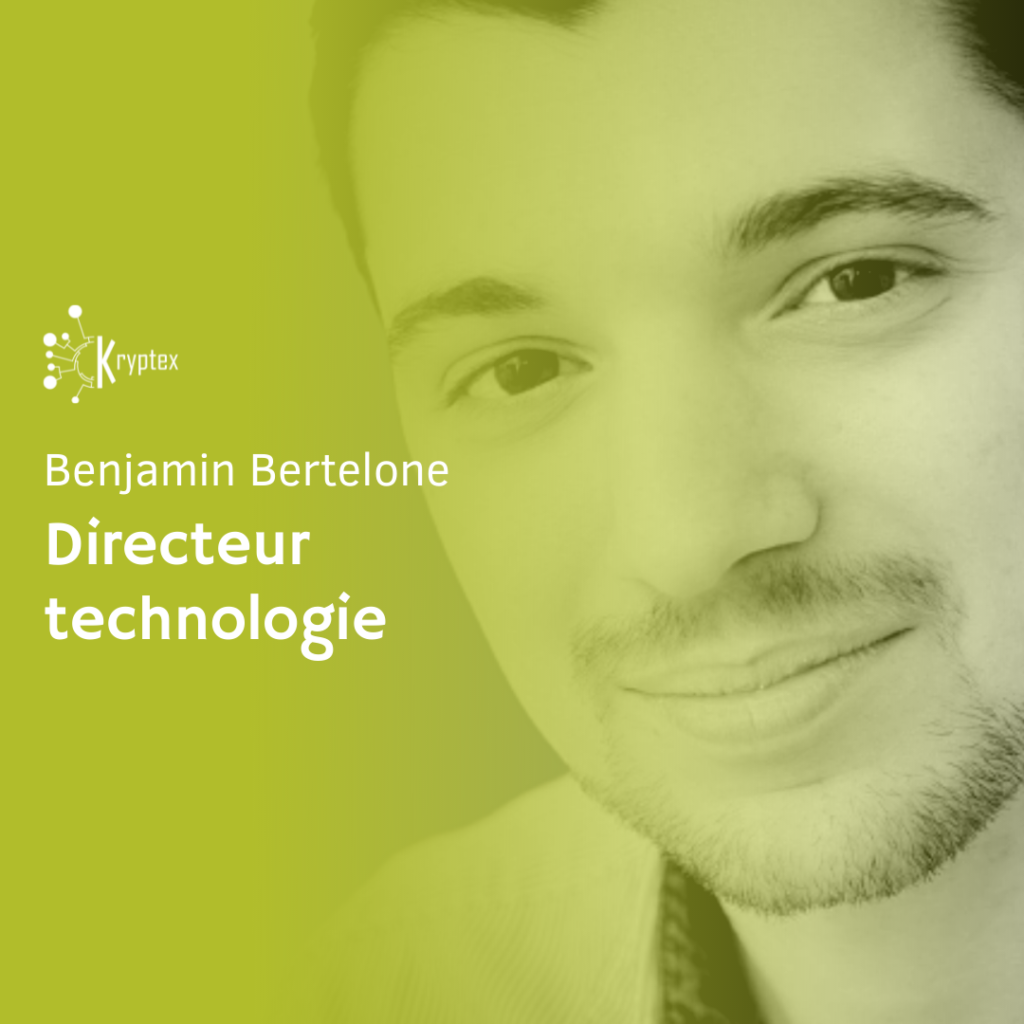"For a customer, we created a series of atypical rooms where the player was subjected to a loss of sense and orientation."
Benjamin Bertelone is Director of Technology. At Kryptex, he designs all the electronic mechanisms that give substance to the game scenario imagined by the designers. He talks about his favorite projects, both in terms of technology and player immersion.
What role does the technical director play in the design of escape and adventure games?
My role begins when the designers embark on the preliminary study for any project. During this stage, they tell me their ideas for mechanisms, and I help them to decide what is and isn't feasible. Then, they implement these mechanisms in their scenario, and I make the technical choices to make what they have imagined concrete and real: buttons, identification technologies... Once the technical choices have been made, I organize the project and take care of its technical management, from placing orders to distributing tasks within my team.
What do you love about game design?
When I graduated from engineering school in 2016, I developed my business in immersive leisure and escape games before liquidating. I'm interested in the scenario but I really like the technical part of a game, how to realize what the creatives have imagined, and design mechanisms that are generic enough to adapt over time to all our projects. I'm an electronics engineer, so I design the electronic boards we use, but I've also been trained in development, so these two skills enable me to think about the overall architecture of projects.
Which projects are you most proud of?
For The One Escape in Paris, we created Chemical Hallucinations at Dr. Grant's with a series of truly atypical rooms. In the first room, the player was subjected to a loss of senses and orientation, with the floor spinning on itself. In the second room, all the furniture was fixed to the ceiling and the entire room was inverted. Players then entered a third room, in which the floor fell 10 cm, just enough to feel the falling effect. It was very interesting in terms of technique and player immersion. For the same client, we created a room inspired by L'Orient Express, with extensive train decorations. All the walls were in wood veneer. All windows were screens, projecting the scrolling train scenery. Vibrators were built into the base of the floor to give the effect of movement and of the train passing over the tracks.

